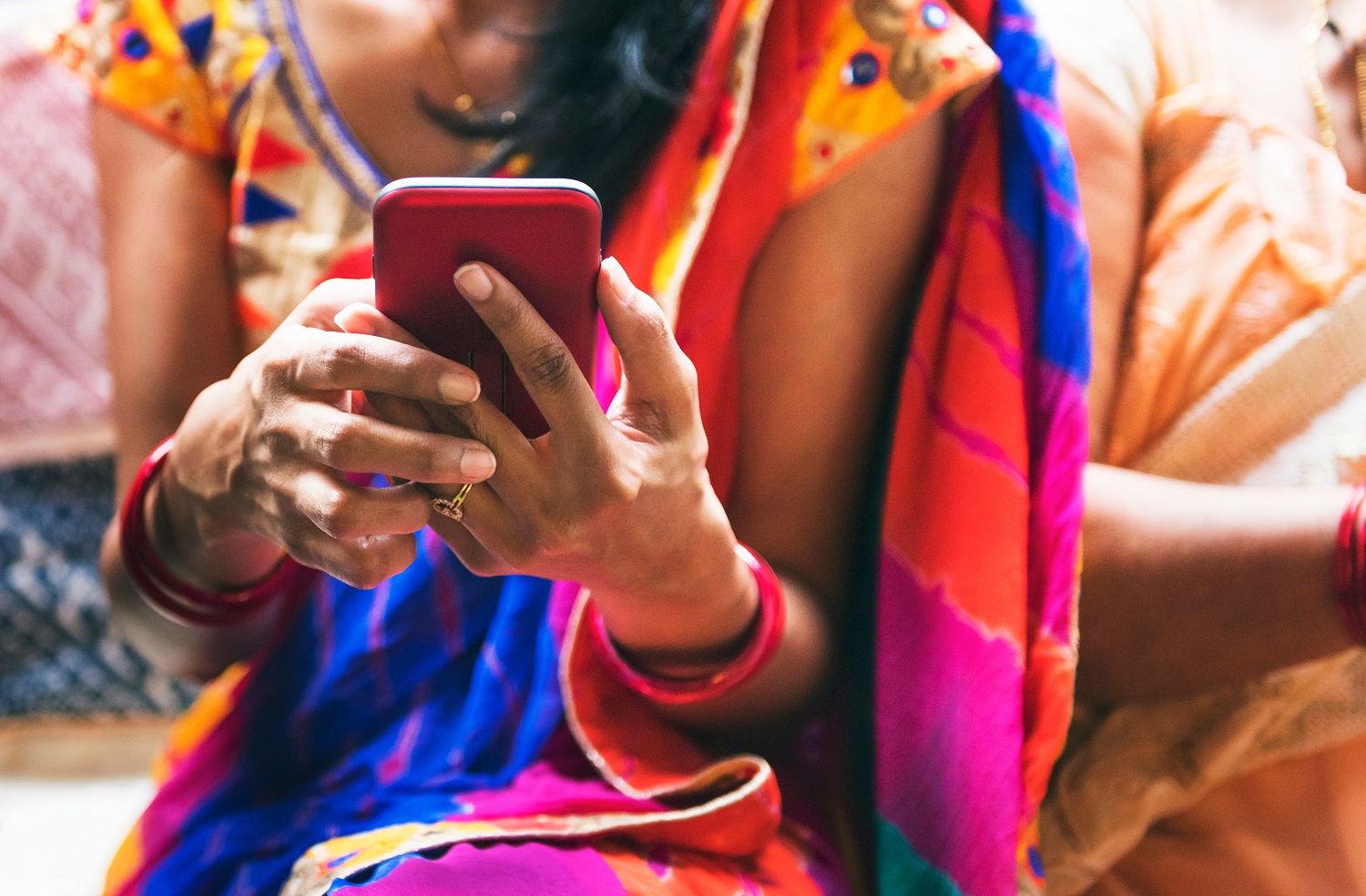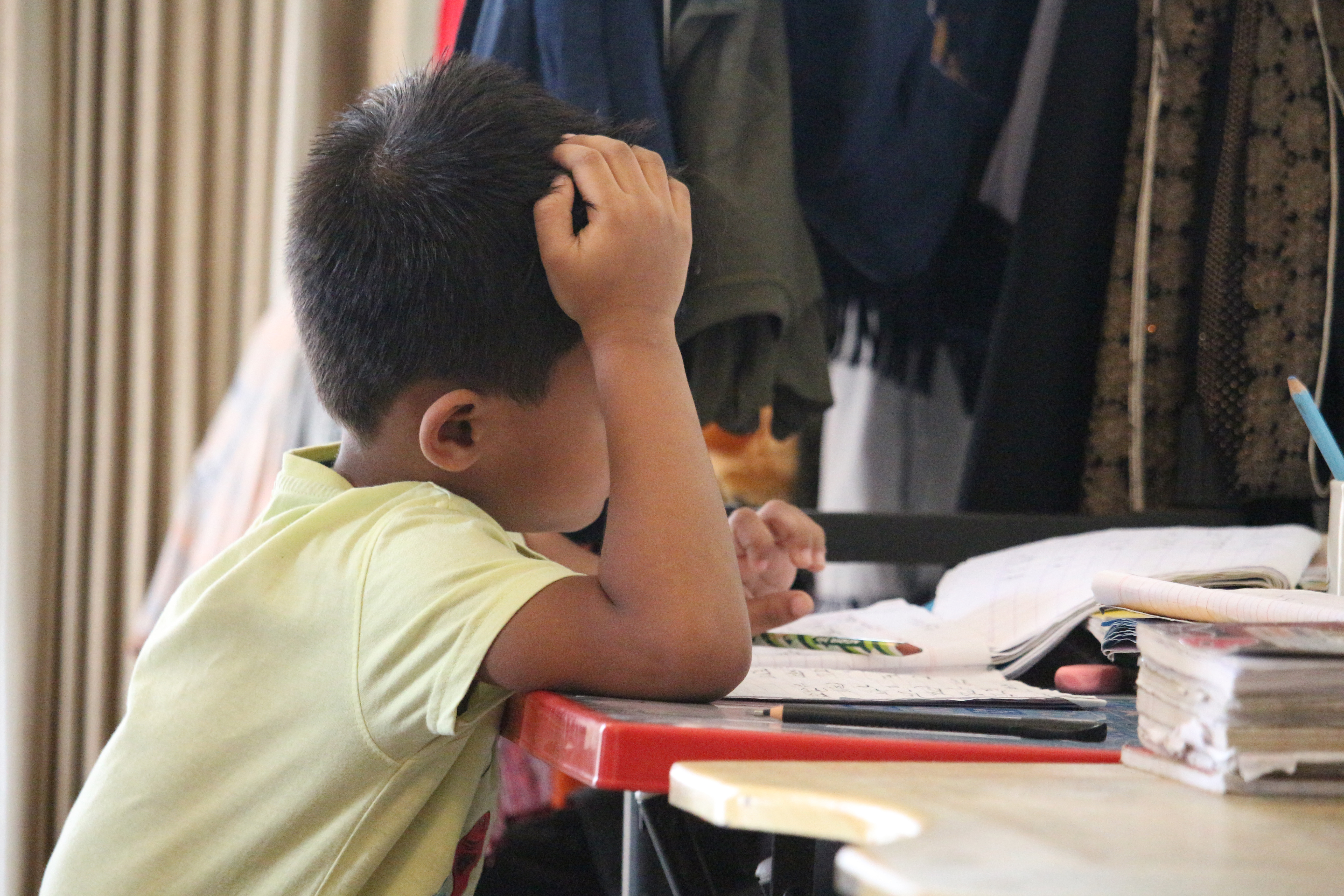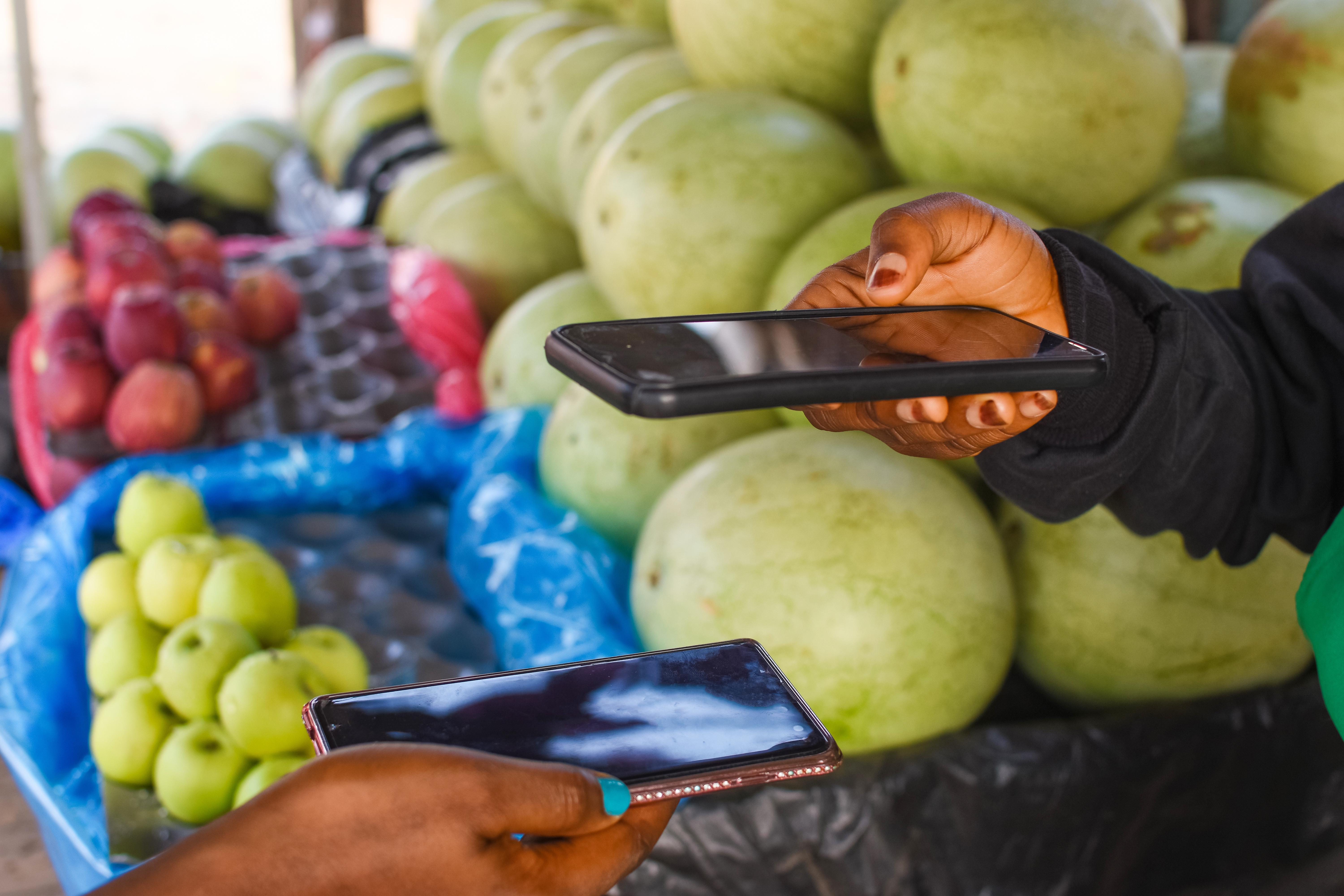Some 2.4 billion people lack widely-recognized forms of legal identity. Over 600 million are children whose births have not been registered. How can these people expect to play a productive role – to hold bank accounts, register property, enroll for public services? How can wider access to identity – now recognized for the first time as a development goal in SDG target 16.9 -- help to achieve the SDGs? This was the topic of a panel discussion at CGD on November 3rd that brought together representatives from the World Bank, the US Government, the Government of India, and the Center to discuss what is needed to provide legal identity for all.
Times are changing. As explained by Mahmood Mohieldin, the World Bank President’s Special Envoy to the Post-2015 Process, the old model of “village” identification where everybody knows you and you know everybody is no longer adequate for mobile populations, more sophisticated economies, and governments faced with increasing needs to deliver services efficiently. The working paper co-authored by Alan Gelb of the Center and Mariana Dahan of the World Bank notes that at least 10 SDG targets require accurate identification, including access to social protection, disaster relief, financial access and the ability to register property. With the Data Revolution, digital information is becoming more central for development, and this has to also include the population, so that people can participate and assert rights. In line with growing demand, birth registration rates have increased globally from 58% to 72% in the last 15 years and over 80 countries have introduced new identity programs or are strengthening existing ones. Many, such as India’s Aadhaar ID program, are supported by sophisticated biometric registration and authentication systems.
Yet, not all identity credentials are created equal. In some countries, birth certificates serve as evidence of citizenship, while in others they do not confer any legal status. A national ID may be used for voting or to access health services in some places, while in others, people need to apply for separate pieces of identification to access different services. Poverty and gender remain critical barriers to identification in many developing countries. CGD Senior Fellow Mayra Buvinic, who leads our Gender and Development program pointed out that, while gender differences in birth registration rates are usually small, vulnerable individuals, like unmarried mothers, are less likely to register their children, paving the way for a long-term cycle of exclusion. In some countries, a marriage certificate or the father’s presence is required to register a birth, exacerbating existing social and financial barriers to registration. Identification is important for achieving gender equality but gender equality is also important to achieving the SDG identity target.
What needs to be done? Sometimes there is a need for more resources, including to strengthen processes of vital registration. However, often the priority is to improve the strategic use of resources, including those that are being provided to support a wide range of identity programs for different purposes. In a democracy, said Dharmendra Pradhan, India’s Minister for Petroleum and Natural Gas (in comments on video), subsidies are inevitable. The question is how best to deliver them, so that they reach those entitled to receive them. India’s JAM strategy involves the creation of some 150 million new bank accounts for individuals properly identified through the Aadhaar program, the largest such program in the world with over 920 million enrolled so far. Reform of the system of subsidizing LPG cylinders by shifting from low prices to direct transfers into eligible accounts combines pricing reform with financial inclusion and saves money by eliminating “ghost” consumers. Consumers can now also track the delivery of LPG cylinders, helping to increase transparency in the distribution process.
Development partners are also looking to strengthen cooperation within and across countries. A recent initiative at the World Bank, ID4D, is beginning to put in place a more systematic and strategic approach towards both strengthening registration and identification systems and ensuring that they contribute to more effective development policies and programs. Further progress in this area will need more coordination between development partners as well as the sharing of experiences between developing countries themselves, for example through initiatives such as ID4Africa.
Are there risks? Certainly. One priority is to ensure that identification does not become a barrier to access to services by the poor – in addition to being universal, said Tony Pipa, the US Special Coordinator for the Post 2015 Development Agenda, ID should be free and easy and convenient to obtain. Other risks include those of massive data breaches, such as have been seen in some countries, as well as the misuse of identity data, whether by the state or by private entities. Data security and privacy need to be taken into account when considering the strategic development of an identification system, together with the country context. It is no accident that target SDG 16.9 is embedded in SDG goal 16: “Promote peaceful and inclusive societies for sustainable development, provide access to justice for all and build effective, accountable and inclusive institutions at all levels”.
Disclaimer
CGD blog posts reflect the views of the authors, drawing on prior research and experience in their areas of expertise. CGD is a nonpartisan, independent organization and does not take institutional positions.





